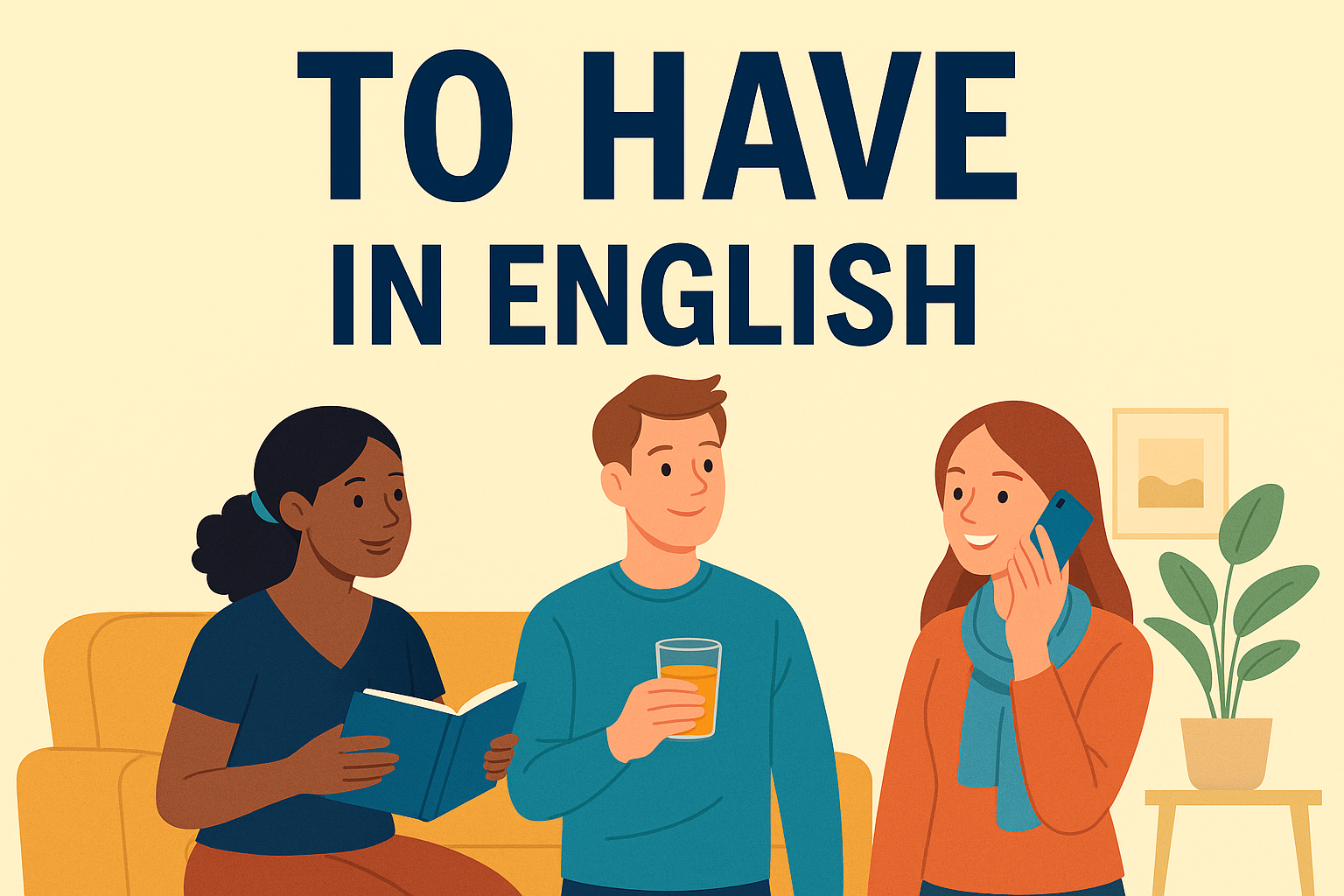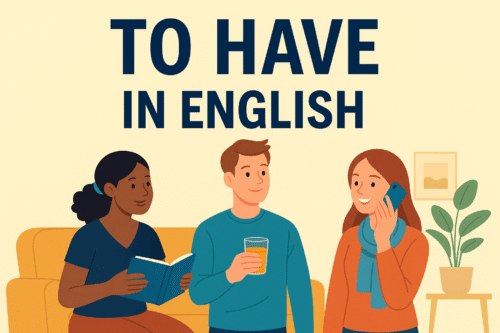Learn how to use TO HAVE in everyday English. Great for beginner ESL learners with examples, worksheets, and speaking activities.

Learning to use the verb TO HAVE is one of the most important steps in speaking real English. From daily routines like “I have work” to common phrases like “She had a cold” or “We will have lunch,” this one little verb shows up everywhere in daily life. Let’s break it down and make it easy.
Guess what? When you click and buy through our links, you’re doing more than improving your game. You’re supporting us in a way that doesn’t cost you extra but helps us keep bringing you the best drills and tips. It’s a slam dunk for both of us!
Table of Contents
- What does “to have” mean in English?
- Examples of “to have” in different tenses
- Daily responsibility vocabulary
- Speaking and writing practice
- Quiz and free worksheet
- Final thoughts
- More help with English
What does “to have” mean in English?
The verb to have means to own, possess, or experience something. We use it to talk about daily responsibilities, family, health, and more. For example:
- I have an appointment.
- She has two brothers.
- We had dinner last night.
- They will have a meeting tomorrow.
Examples of “to have” in different tenses
Here’s how TO HAVE works in daily English:
| Tense | I/You/We/They | He/She/It |
|---|---|---|
| Present | have | has |
| Past | had | had |
| Future | will have | will have |
Examples:
- I have a test today.
- He has a cold.
- They had a great time.
- We will have dinner at 6.
Daily responsibility vocabulary
Here are some common things we “have” during our day:
- chores
- a job
- homework
- a meeting
- a cold
- lunch
- free time
- a problem
- an idea
- fun
Use these in real sentences like:
- I have a meeting this afternoon.
- She had lunch with her mom.
- We will have free time tomorrow.
Speaking and writing practice
Try these questions with a partner or in your journal:
Speaking Prompts:
- What do you have today?
- Did you have a busy weekend?
- What will you have for dinner?
Writing Prompts:
- Write about what you have today.
- Write 3 sentences using had.
- Write 2 future plans with will have.
Want to go deeper? Get our full lesson packet with worksheets, role-plays, and grammar tools: 👉 Get the full lesson on TPT
Quiz and free worksheet
Here’s a mini quiz to test yourself:
- She ___ a cold yesterday.
- I ___ many books at home.
- We ___ lunch at noon.
- They ___ a meeting next week.
- He ___ a big family.
Download a sample worksheet
For the full quiz, flashcards, writing activities and answer keys: 👉 Get the full ESL lesson on TPT
Final thoughts
Mastering the verb TO HAVE helps beginner ESL students talk about real life clearly and confidently. Use it to describe what you own, feel, plan, or remember.
Start simple, practice daily, and you’ll get better fast.
Want help practicing? Join our Study Buddy group and download free lessons!
What do you think? Was this lesson helpful? What is one thing you wish you could have but don’t have? I’d love to hear your thoughts.
Leave questions and comments in the space below. I always reply.


This was such a clear and engaging breakdown of how to use “to have” in everyday English. I wish I had something like this when I first started learning! I especially liked the mix of real-life examples and speaking/writing prompts, which make the learning process feel super practical. The visuals and worksheet links are a nice bonus too. Just curious, do you plan to cover other essential verbs in a similar format soon?
Hi Kavitha, welcome back. Thanks again for your comments. I will very likely cover other essential verbs. I’ve already done To Do and To Be will be coming soon. Thanks for asking.
KBob